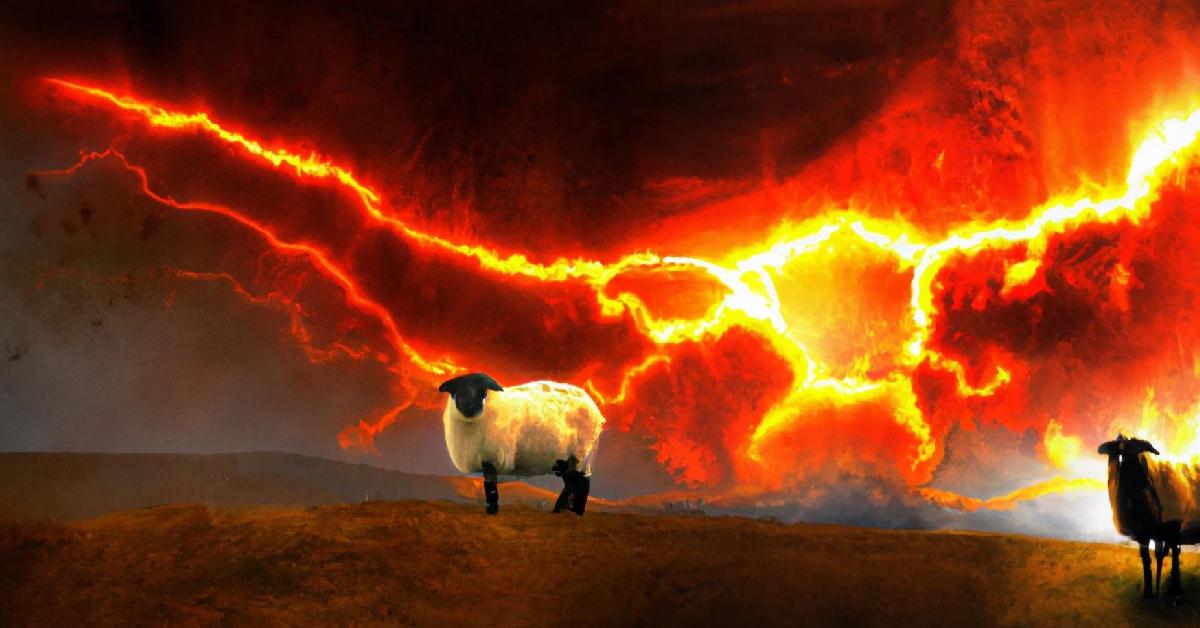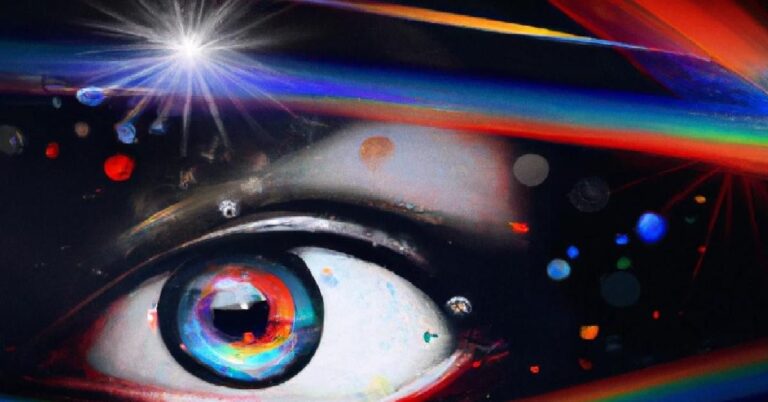
Time machine
OK. This section is about the history and prehistory of West Dorset but it is also, (I’d claim), an explanation as to just why I’ve made it my business to digest and absorb all aspects of history and our perception of reality.
My true fascination for history and prehistory in general?
As a youth and Buckler’s Mead secondary school student growing up in Yeovil, I’d enjoyed the lessons and lectures of my history teacher, Mr Grainger, but my true passion for the subject of history and deep history only really ignited fully in my 20’s when my then girlfriend, Jackie, encouraged me to purchase a C Scope 770D metal detector in the early 1980’s.
Our very first excursion with the machine, on the long abandoned and overgrown sunken lane of a 17th century London bound coaching route located on rural property owned by Terry, a retired London cat burglar friend, led to us unearthing what we thought was a 17th century Charles the 2nd coin though, far more intriguingly, it turned out to be a forged, fake coin of that period.
Months later, it was my discovery of a small Roman coin, called an Aes, plucked from the rich black mineralised soil of a track adjacent a field of fully grown barley situated atop a ridgeway overlooking the tiny market town of Bridport, that really ignited my passion for both metal detecting and a greater passion to explore, first prehistory, and then the greater task of understanding the complete timeline of EVERYTHING from the Big Bang onwards.
The name for that bigger, more comprehensive understanding of deep time is Cosmology and, as a direct result of wishing to learn just WHO it was staring back at me from that 1700 year old roman coin’s worn and weathered face eventually led me to wanting to learn about the whole complete timeline of universal truth.
Beginning a lifelong fascination of uncovering the past, I discovered that the portrait engraved and portrayed on that first particular 4th century Roman coin was an Emperor named Constans, (337 to 350), one of a collection of Roman family members that included the earlier Constantine the great (AD 306 to 337) and also Constantius II. (337 to 361). (I, eventually, found coinage of all such family members while researching the site).
Inevitably, on learning that I was actually digging up artefacts and tokens of real people who had lived and influenced the history and very ground I was now walking upon nearly 2000 years later, it had a profound effect upon me and thus began my greater journey of attempting to place my own life and civilisation into the context and history of such ancient historical life from the past.
And this “open door” into the past ultimately encouraged me to delve deeper and go further back in time.
As a direct result of experiencing these profound and surreal discoveries, I began a quest to digest and understand EVERYTHING about the creation of our own Solar System AND then even contemplated and pursued the adventure to discover the waypoints leading back to the beginning of creation of the universe and time itself.
But hey. While we will, ultimately, take our exploration right back to the very first seconds of creation, (or even a time before the creation of the universe itself), let us start with locating the point on an early earth when the planet had only one continent.
So lets take a look at planet Earth when it was one huge singular continent, a land mass called Pangea, and see where West Dorset was … about 299 million years ago!
Ice Age history
Here is a list of the major ice ages that Earth has experienced since its formation, along with a brief explanation of each:
Huronian Glaciation
(2.4 to 2.1 billion years ago)
This ice age occurred during the early Proterozoic Era and is considered one of the earliest known ice ages. The Earth’s surface was covered by extensive ice sheets, resulting in widespread glaciation.
Cryogenian Ice Age
(720 to 635 million years ago)
This ice age occurred during the late Proterozoic Era and is sometimes referred to as “Snowball Earth.” It was characterized by global glaciation, with ice covering much of the planet, including the equatorial regions.
Andean-Saharan Ice Age
(450 to 420 million years ago)
During the Late Ordovician and Silurian periods, this ice age took place. Glaciers covered the Gondwana supercontinent, which encompassed present-day South America, Africa, Antarctica, and Australia.
Karoo Ice Age
(360 to 260 million years ago)
The Karoo Ice Age occurred during the Permian and Early Triassic periods and affected the southern hemisphere. Glaciers covered parts of Gondwana, particularly what is now southern Africa.
Late Paleozoic Ice Age (360 to 260 million years ago): This ice age is also known as the “Carboniferous-Permian glaciation” and coincided with the Karoo Ice Age. It was a prolonged period of glaciation that affected both the northern and southern hemispheres.
Quaternary Ice Age
(2.6 million years ago to present)
The Quaternary Ice Age, often referred to as the “Ice Age,” is the most recent and ongoing ice age. It is characterized by the repeated advance and retreat of ice sheets in the Northern Hemisphere, resulting in multiple glaciations and interglacial periods. The most recent glacial period, known as the Last Glacial Maximum, occurred approximately 20,000 years ago.
These ice ages have had significant impacts on Earth’s climate, geography, and the evolution of life. They have shaped the distribution of landmasses, influenced sea levels, and played a crucial role in shaping Earth’s ecosystems throughout its history.


